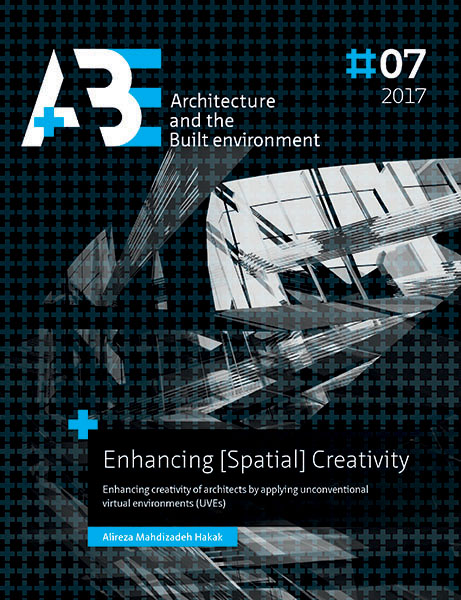Sample UVE
DOI:
https://doi.org/10.7480/abe.2017.7.3636Abstract
By applying virtual environments in design processes, architects can expect a variety of solutions, as compared to conventional methods despite the problems with visual perception or mental workload or frequency of iteration between creation and modification (Schnabel & Kvan, 2003).
Designers use different tools to communicate and express their thoughts. Although some architects visualize their design decisions through large-scale models, modelling is always limited by the overall dimensions, scale, resource constraints and material restrictions. To overcome these constraints, architects implement virtual environments (Bertol & Foell, 1997). Although virtual environments can be easily found everywhere, immersive virtual environments (IVE) are typically found in research-laboratories or universities. Recent progression in technology provided the ground for IVEs to be implemented in the consumer electronics sector such as the gaming industry (Leach, 2002). The story is the same in the discipline of architecture and opportunities for applying VEs in architectural design are still developing (Stuart, 2001). VEs are employed successfully to study, communicate, collaborate, and present architectural designs but are rarely used for the actual act of creation and form-finding in the field of architecture (Maze, 2002).
In this chapter another application of the IVEs is proposed: to create an immersive UVE. This application is not developed for the purpose of visualization or form finding, but specifically for enhancing creativity.

